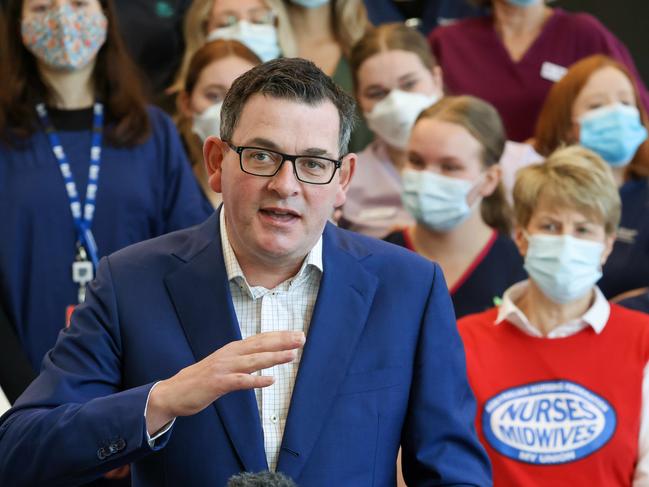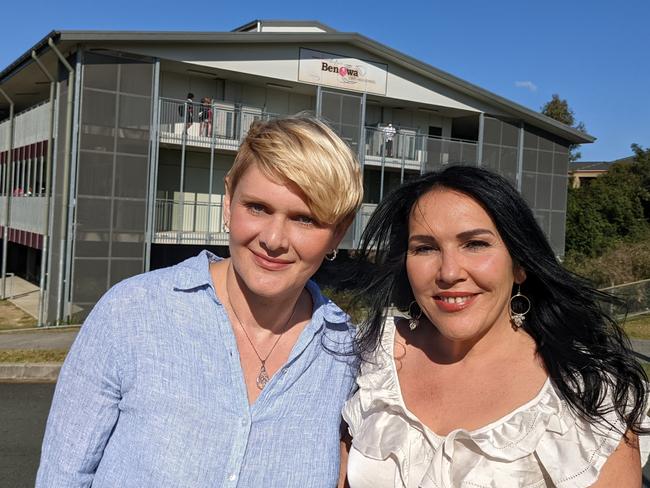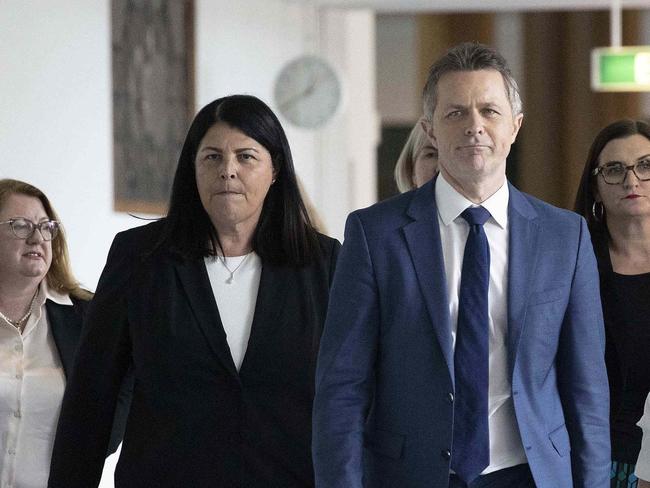Radical action needed to address teacher shortage plaguing Gold Coast schools
Principals at Gold Coast schools are being forced to make tough decisions amid a major crisis with no easy solution, writes Keith Woods.

Opinion
Don't miss out on the headlines from Opinion. Followed categories will be added to My News.
Victorian Premier Dan Andrews certainly knows how to grab attention.
His latest idea, to offer free uni for people studying to become nurses and midwives, has certainly done just that.
Mr Andrews hopes that he can lock more graduates into the strained Victorian health system by paying their fees if they agree to stay in the state instead of, for instance, heading to Queensland.
The initiative, which has been well received, threatens to set off something of an arms race around the country. If it is a success in Victoria, other states will feel pressure to follow suit.
On the Gold Coast, the health system has never been busier. There will always be pressure.
But thanks in part to the growing reputation of places like the Gold Coast University Hospital, attracting new talent has proven a little less challenging than in Victoria.

The same cannot be said, unfortunately, in the education sector.
The Department of Education has in recent years invested heavily to build new schools and improve facilities at older colleges across the Gold Coast. But it is no secret that there are ongoing problems with staffing.
Multiple sources have told the Bulletin that at high schools in particular, principals have never found it harder to hire new recruits.
The problem is forcing them into some difficult decisions.
Notably, “staffing implications” were among the reasons cited by the department for the controversial decision in early August to end Benowa State High School’s International Baccalaureate program.
It also has an impact on teaching staff who inevitably pick up the slack, contributing to an already punishing workload.

The Department of Education can point to a wide range of initiatives it is taking to tackle the problem – in particular a generous pay offer which has been accepted in principle by the Queensland Teachers Union (QTU) and is better than anything proposed in NSW or Victoria.
“The Palaszczuk government is proud of our investment in teaching and schools in Queensland, and of our 96 per cent retention rate among teachers,” Minister Grace Grace recently told this newspaper.
“Our government offers incentives including relocation assistance, subsidised housing and one of the highest graduate starting salaries in the country.
“... Our Turn to Teaching election commitment will employ and support 300 aspiring teachers to undertake a teaching qualification over the next three years. There are currently 55 participants studying in their first year of the program.”
But will it be enough?
Federal government modelling suggests the teacher shortage will only get worse in coming years, with the demand for secondary teachers nationwide to exceed the supply of new graduates by around 4100 between 2021 to 2025.
The modelling has alarmed new federal Education Minister Jason Clare, who called a crisis meeting of state and territory ministers on August 12 and has since released an “issues paper” which lays bare the problems.
The key issue highlighted is that commencements in Initial Teacher Education (ITE) declined eight per cent and completions declined 17 per cent between 2017 and 2020.
This disturbing statistic means there are simply not enough graduates in the pipeline, not enough of the brightest and best putting themselves forward for a career in education at secondary level.

Bold moves may be needed to solve such a thorny problem.
As he showed again last week, Daniel Andrews is a dab hand at headline-grabbing initiatives.
A teaching degree can cost up to $100,000. If his plan for free uni for nurses proves successful, may there be a lesson for those working to solve the difficult puzzle of how to attract and retain more people in teaching?
QTU president Cresta Richardson told this column the union was working hard to develop solutions to the staffing issue, but it was a “national problem” requiring a “national solution”.
“The QTU supports any reasonable and creative incentives that attract the best and brightest to take up a career in education,” Ms Richardson said. “Recognising and retaining our current hard-working teachers and school leaders is also a key priority.
“Key to addressing the shortage is ensuring tertiary courses are available and affordable, wages are attractive and that classroom workloads prevent burnout.”
For a whole host of reasons – not least the workload – it appears young people are being put off a career in teaching.
As with nursing in Victoria, something drastic needs to happen to turn that tide around.





